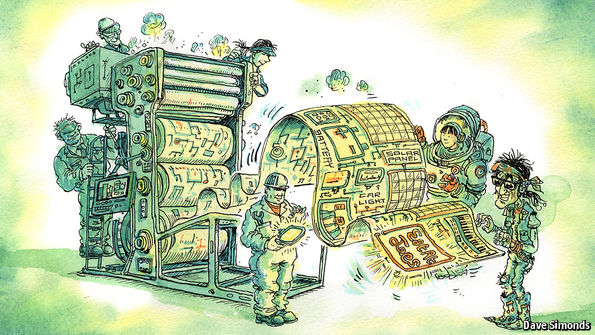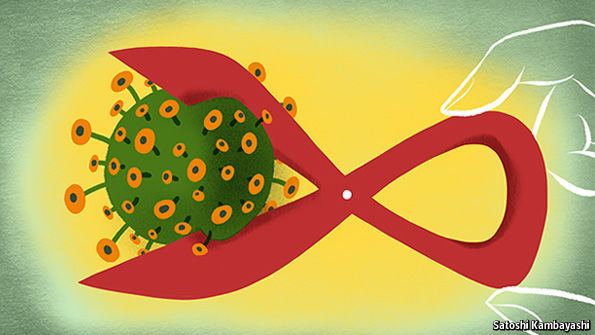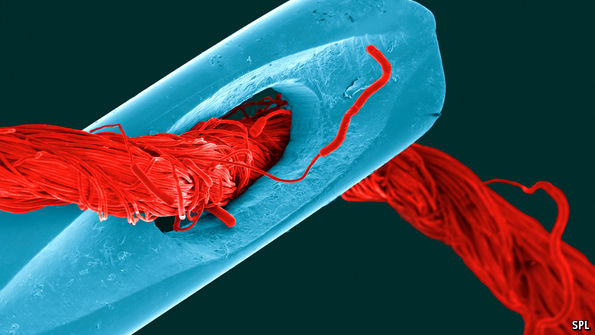Time capsules

OXYGEN makes up a fifth of the atmosphere (20.9%, to be precise), but that has not always been so. For the first 2 billion years of Earth’s existence, before photosynthetic organisms became common, there was no chemically uncombined oxygen in the air at all. Even after that, the gas remained scarce for hundreds of millions of years. By 575m years ago, however—which was when animals whose dimensions are measured in centimetres rather than microns appear—there must have been enough oxygen around to support their respiration. The usual guess is that the gas’s levels began to rise about 700m years ago. But a guess it is.
Now, Nigel Blamey of Brock University, in Ontario, Canada, has brought some evidence to bear on the question. His study, just published in Geology, is the first to measure directly the composition of samples of air from this ancient time. They were trapped in rock salt from the Officer Basin in south-western Australia, laid down by the evaporation of seawater between 830m and 800m years ago.
Previous estimates of oxygen’s past abundance have been made indirectly. In particular, the gas’s…Continue reading
Source: Economist











